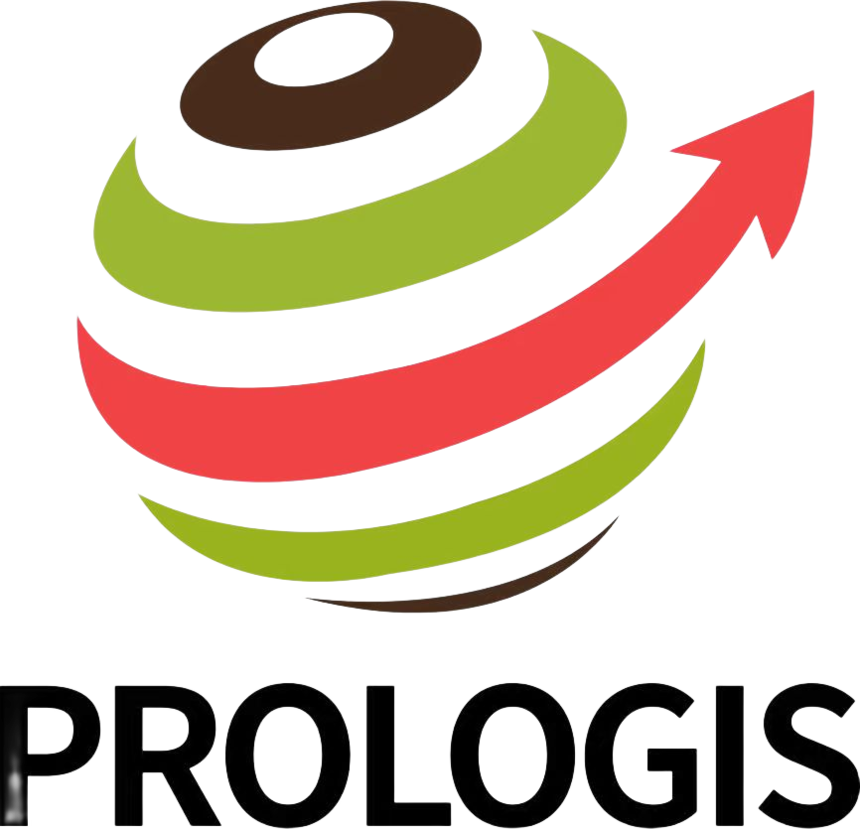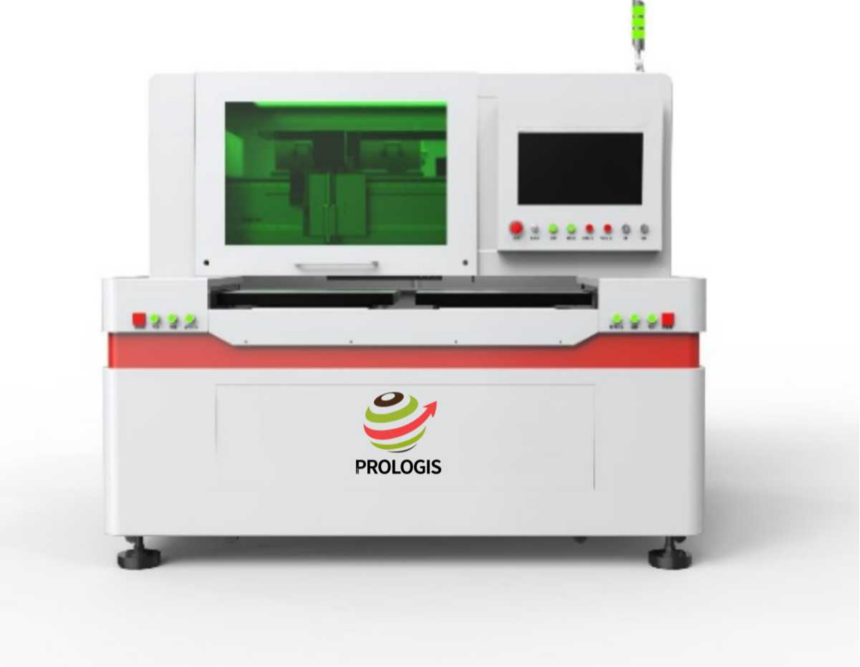|
LC 6080Laser Cutting Machine LC 6080 laser cutting machine integrates cutting and splitting, using picosecond laser technology for cutting and carbon dioxide heating technology for splitting. It can cut different glasses at one time. 
Description
The LC Series ultra-fast glass laser cutting machine features a self-developed AI control system, a high-end custom picosecond light source, and a dual-drive linear motor. With a marble work surface and a single-pass cutting process, it achieves an impressive cutting accuracy of up to ±2 microns. Compared to traditional CNC or waterjet cutting methods, the LC Series offers irreplaceable advantages, particularly in precision cutting, intricate shapes, and non-destructive processing. Conventional CNC cutting methods fall short in these areas, while laser cutting, as a non-contact process, provides several key benefits: it is easy to operate, fully automated, does not require consumables, generates no pollution, and produces no thermal deformation or edge damage. With a cutting speed of up to 20m/min, the LC Series laser cutting machine significantly outperforms traditional CNC cutting in terms of efficiency. Unlike CNC cutting, which often suffers from issues such as ring mirror pollution, tool wear, edge collapse, high scrap rates, and slow speeds, the LC Series addresses all these challenges. This not only improves processing efficiency but also dramatically reduces manufacturing costs and increases profit margins for manufacturers. The ultra-short pulses generated by ultrafast lasers interact with materials for an extremely brief period, minimizing thermal effects on the surrounding material. This is why ultrafast laser processing is often referred to as "cold processing." When the laser pulse duration reaches the picosecond or femtosecond range, the impact on molecular thermal motion is significantly reduced, resulting in minimal thermal effects. Picosecond ultrafast lasers emit photons that are absorbed by the material through multiphoton absorption, generating conduction band electrons. These high-energy electrons, in turn, emit phonons during their movement within the material, transferring the absorbed energy to the lattice. This energy deposition leads to material melting or mechanical damage, enabling high-precision micromachining. Laser cutting of glass is a highly controllable, non-contact, low-pollution technology. It offers the advantages of high-speed cutting, ensuring clean, vertical edges with minimal internal damage. As a result, laser cutting is rapidly emerging as an innovative solution for the glass cutting industry. After the glass is cut, subsequent splicing processing is required. The principle of laser splicing involves irradiating the cutting edge of the glass with a CO2 laser light source, creating a localized high-temperature zone on the material's surface. This rapid heating induces thermal expansion and contraction, which generates internal stresses. These stresses lead to the formation of cracks, ultimately causing the material to fracture along the desired path. Technical Specifications
|



































































